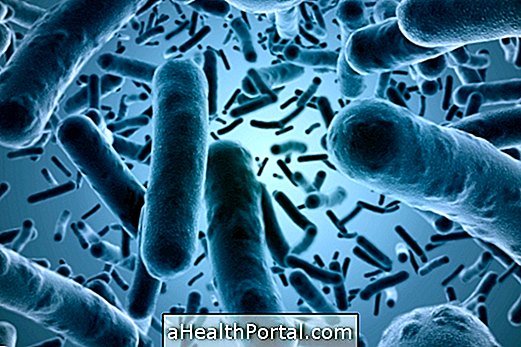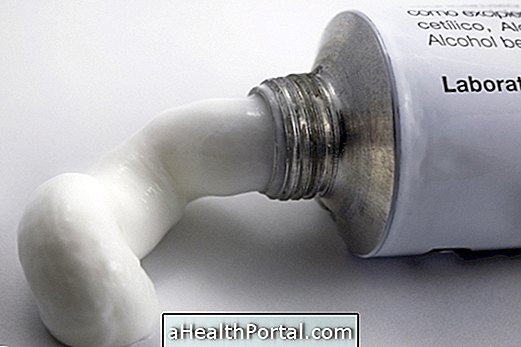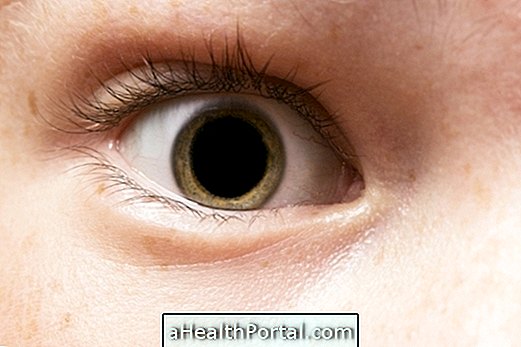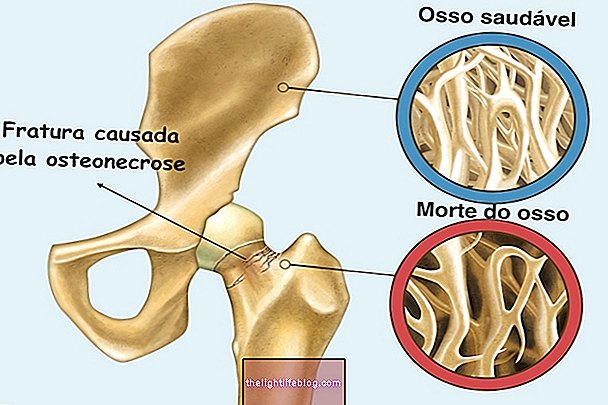Uterine adenomyosis is a disease where thickening occurs within the walls of the uterus itself causing symptoms such as pain, bleeding or severe cramps, especially during menstruation. This disease has a cure through surgery to remove the uterus, however, this type of treatment is only done when the symptoms can not be controlled with anti-inflammatory drugs or hormones, for example.
The first symptoms of adenomyosis may appear 2 to 3 years after delivery, even in cases where the woman has had adenomyosis since childhood, and usually cease to appear after menopause when the menstrual cycle stops happening.
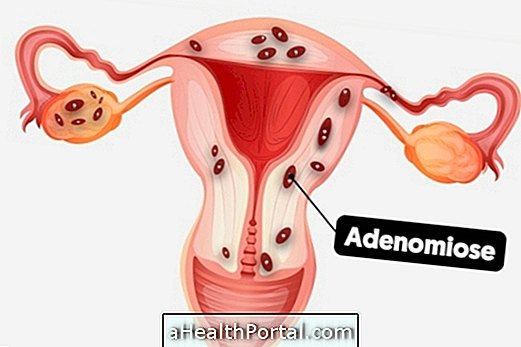
Main symptoms
The main symptoms of adenomyosis are:
- Swelling of the belly;
- Very strong cramps during menstruation;
- Pain during intercourse;
- Increase in the amount and duration of menstrual flow;
- Constipation and pain while evacuating.
Adenomyosis does not always cause symptoms, however, usually the symptoms appear after pregnancy and disappear after menopause. In addition, adenomyosis may be one of the causes of dysmenorrhea and abnormal uterine bleeding, and is often difficult to diagnose. Check for other signs of changes in the uterus.
The diagnosis of adenomyosis should be performed by the gynecologist, and is usually done by performing an MRI and by observing symptoms such as pain, severe bleeding or complaints of difficulty getting pregnant. In addition, the diagnosis of the disease can also be made using other imaging tests, such as transvaginal ultrasonography or hysterosonography, for example, that assess uterine thickening.
Can adenomyosis affect pregnancy?
Adenomyosis can cause serious complications in pregnancy, such as ectopic pregnancy or abortion, for example, and regular follow-up of the obstetrician is recommended to avoid complications. In addition, in some cases the adenomyosis may make it difficult to fix the embryo in the uterus, making pregnancy difficult.
Symptoms of adenomyosis usually appear after pregnancy, due to the stretching of the uterus that occurs, and therefore, most women can get pregnant and have children before the onset of the disease.

Causes of adenomyosis
The causes of adenomyosis are not yet fully understood, but this condition may be the result of traumas in the uterus due to gynecological surgeries, more than one lifetime pregnancy or due to cesarean section, for example.
In addition, adenomyosis may be one of the causes of other problems such as dysmenorrhea or abnormal uterine bleeding, and is often difficult to diagnose.
How is the treatment done?
The treatment for adenomyosis varies according to the sensed symptoms and should be guided by a gynecologist, and can be done with medicines or by performing surgery. Thus, the most used treatments are:
- Treatment with anti-inflammatories, such as Ketoprofen or Ibuprofen, for the relief of pain and inflammation;
- Treatment with hormonal remedies, such as contraceptive pill with progesterone, Danazol, contraceptive patch, vaginal ring or IUD, for example;
- Removal of excess endometrial tissue within the uterus, in cases where the adenomyosis is located in a particular region of the uterus and is not very penetrated within the muscle;
- Surgery to remove the uterus, where a total hysterectomy is performed, for complete removal of the uterus. In this surgery, the ovaries generally do not need to be removed.
Surgery to remove the uterus completely eliminates the symptoms of the disease, but it is only done in more severe cases when the woman no longer intends to become pregnant and when the adenomyosis causes constant pain and abundant bleeding. Learn more about treatment options for adenomyosis.
Is adenomyosis the same as endometriosis?
Adenomyosis is considered a type of endometriosis, because it corresponds to the growth of endometrial tissue inside the uterine muscle. Understand endometriosis.
In addition, there are several types of adenomyosis, which may be focal, when located in a particular region of the uterus, or diffuse, as it spreads throughout the wall of the uterus, making it heavier and bulky.
